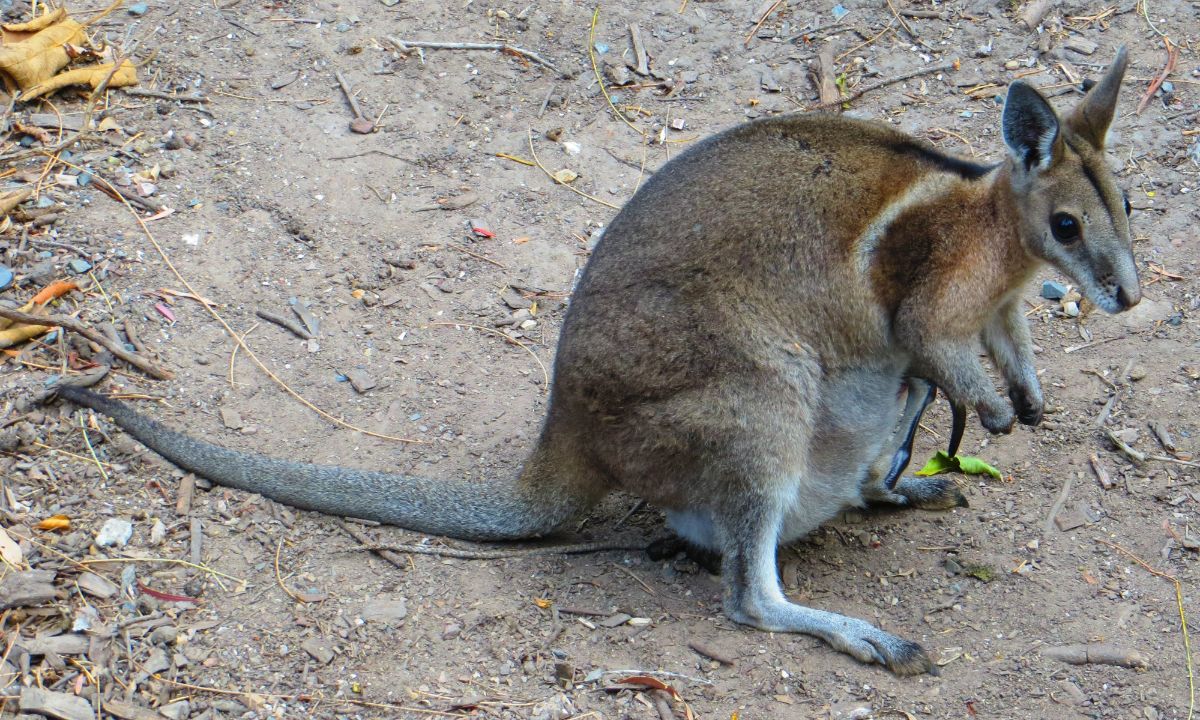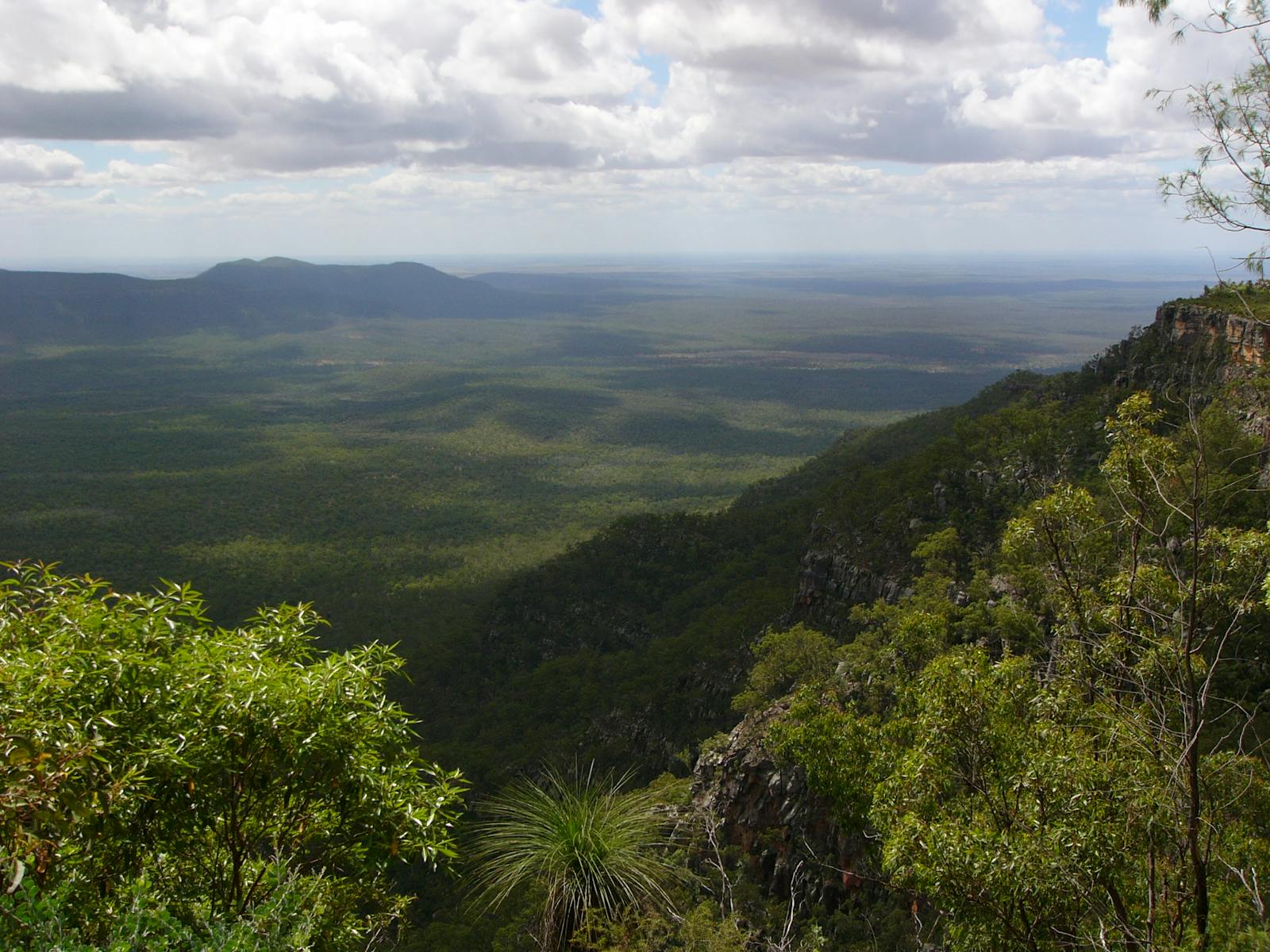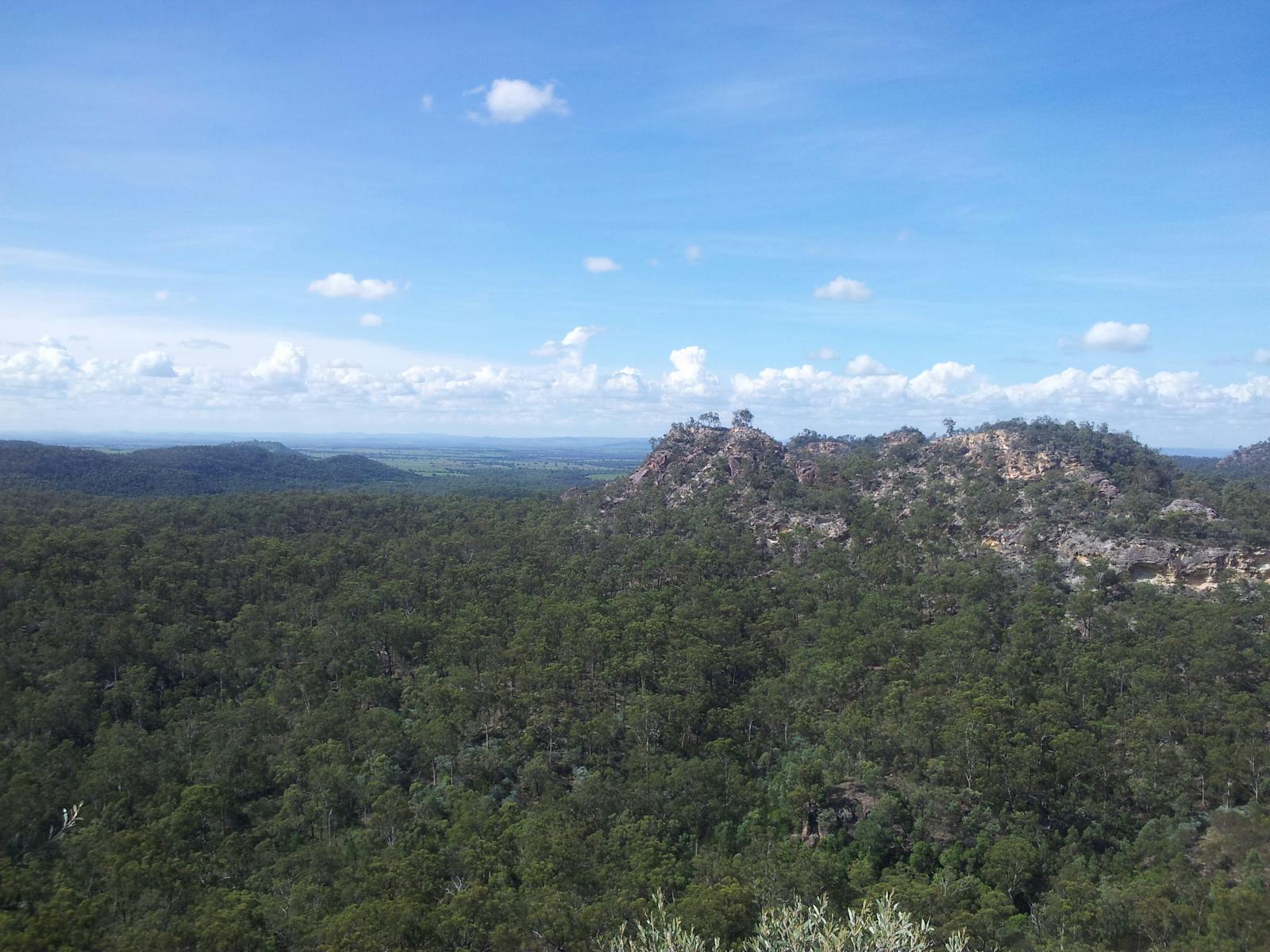Brigalow Tropical Savanna
The ecoregion’s land area is provided in units of 1,000 hectares. The conservation target is the Global Safety Net (GSN1) area for the given ecoregion. The protection level indicates the percentage of the GSN goal that is currently protected on a scale of 0-10. N/A means data is not available at this time.
Bioregion: Queensland Tropical Rainforests & Savannas (AU9)
Realm: Australasia
Ecoregion Size (1000 ha):
41,068
Ecoregion ID:
182
Conservation Target:
74%
Protection Level:
1
States: Australia
The savannas and woodlands of the Brigalow Belt are a transition from wetter coastal forests of eastern Australia to the drier semi-arid and arid zones of the continent’s center. This broad transition zone of sandstone and basaltic plateaus runs north to south spanning nearly 11° of latitude. Brigalow acacia (Acacia harpophylla) is a dominant overstory tree on clay soils over 40% of the ecoregion. This transition belt is interspersed with eucalypt woodlands and forests, as well. Ironbark (E. crebra, E. melanophloia) woodlands occur on ridges, E. melanophloia occurs on lower elevations, ranges, and plains, and poplar box (E. populnea) can form lowland woodlands. Gidgee (A. cambadgei) woodlands become more prevalent towards the drier western areas.
Patches of dry rainforest, with endemic species, such as Cadellia pentastylis and Macropteranthes leichhartii, occur in wetter gullies towards the east. Some bluegrass (Dicanthium spp.) grasslands on clay soils and cypress pine (Callitris glaucophylla) woodlands on sandy soils contribute to the diverse communities of this ecoregion.

The flagship species of the Brigalow Tropical Savanna ecoregion is the bridled nailtail wallaby. Image credit: Wikimedia Commons
The Brigalow Belt is a hotspot of diversity and endemism for many taxa, including endemic eucalypts like E. rubiginosa, Corymbia bunites, and the inland white mahogony (Eucalyptus sp.). Species with dry country affinities are often restricted to the flat plateau tops, while gorges support communities favouring wetter conditions. Over 400 bird species are recorded from the ecoregion. Some notable wildlife species include the northern hairy-nosed wombat (Lasiorhinus kreftii), the bridled nailtail wallaby (Onychogalea fraenata), the Fitzroy River turtle (Rheodytes leukops), flecked fossorial lizard (Calyptotis temporalis), yellow-lipped scalyfoot (Delma labialis), unadorned rock-wallaby (Petrogale inornata), and the russet-tailed thrush (Zoothera heinei).
Most Brigalow Belt natural communities are threatened by degradation from grazing and clearing for agriculture, especially Brigalow and poplar box communities and native grasslands. Over 87% of Brigalow acacia communities have been modified or degraded. Upland woodlands and forests are in better condition than those in fertile lowlands. Cattle grazing has been implicated in the decline of the northern hairy-nosed wombat.
-CC-Dominic%20Sherony-2016.jpg)
Black-throated finch. Image credit: Dominic Sherony, Creative Commons
The invasive famine weed, Parthenium hysterophorus, is causing the dieback of native grasslands. Currently, only 5% of the ecoregion is categorized as Conservation Management Zone, including the Brigalow Woodlands and the Greater Blue Mountains Area. At least 76% of the remaining habitat are not protected.
The key conservation actions for the next decade are to: 1) manage invasive grass species, especially gamba grass and buffel grass; 2) burn progressively from early dry season to reduce risk of extensive late season wildfires; and 3) ensure threatened habitats and species are included in the conservation reserve system, including Dichanthium grasslands and ten endangered plant species that are currently not represented in the protected area network.
Citations
- Conservation Management Zones of Australia, North Australian Tropical Savanna. 2015. Available at: http://www.environment.gov.au/system/files/resources/cdae9dcc-7af7-4cb5-85fe-f4c9100e913d/files/cmz-north-australian-tropical-savanna.pdf
- Crossman, D.G., C.N. Johnson, and A.B. Horsup. 1994. Trends in the population of the northern hairy-nosed wombat, Lasiorhinus kreftii, in Epping Forest National park, central Queensland. Pacific Conservation Biology 1: 141-149.
- Johnson, R.W. 1984. Flora and vegetation of the Brigalow Belt. Pages 41-59 in A. Bailey, editor. The Brigalow Belt of Australia. The Royal Society of Queensland, Brisbane, Australia.




